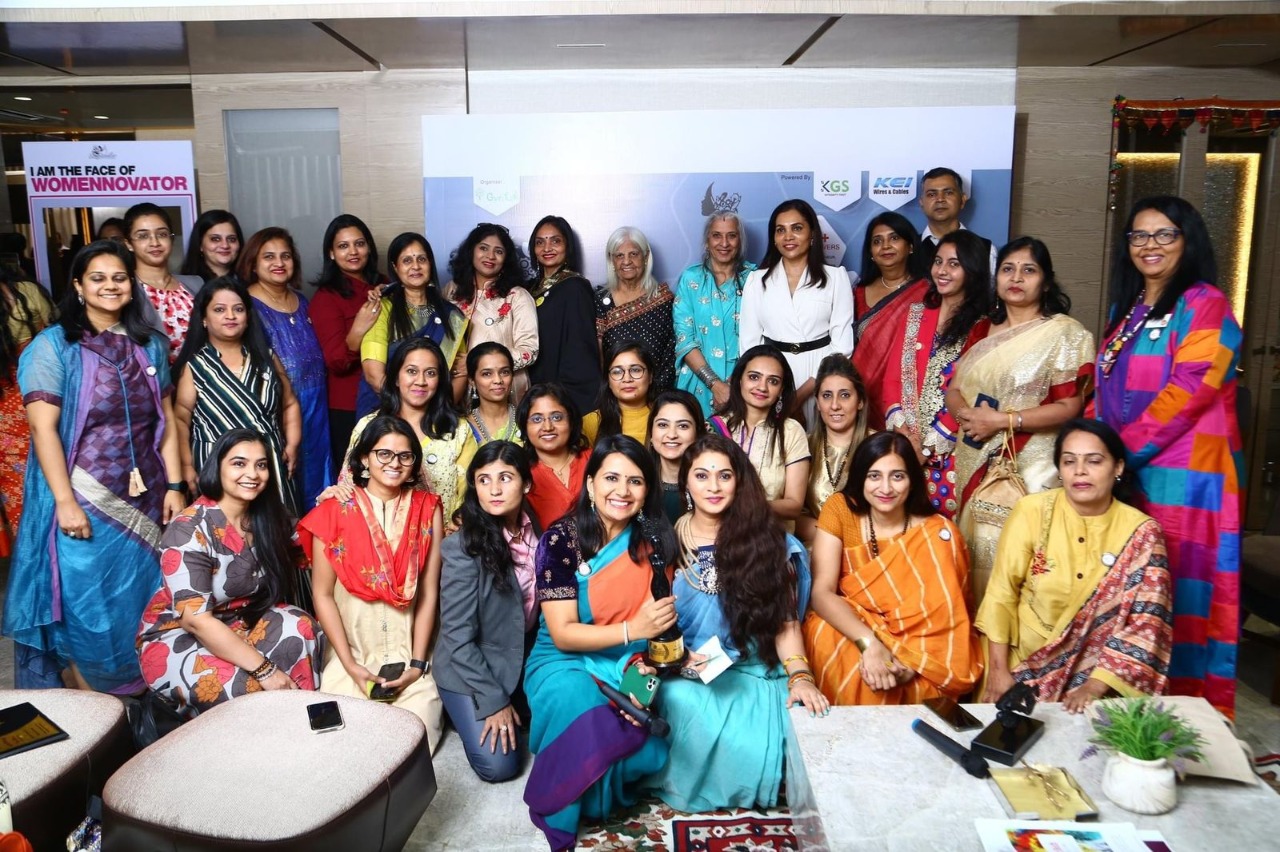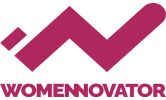
What are social capital and the need for measurement of engagement?
People connect with and mobilize through non-profit organizations. Building cohesion and social capital is the responsibility of the non-profit sector, which fosters engagement opportunities. Developing a participation culture may be facilitated by clearly understanding the advantages of fostering social capital. "Shared values, ideas, conventions, and culture shape the kind of political and administrative efficacy that increases collective action, democracy, and effectiveness in providing public services," according to the definition of social capital.
Building enduring communities of opportunity requires increasing ownership and the development of transformative relationships in the community. Furthermore, an active community can result in a stronger group that collaborates to address issues and bring about change. Bergstrom advises charitable groups to "reach via existing networks of community-based organizations that serve and organize in varied ethnic communities to find the leaders to work with to establish an engaged community.
Non-profit organizations should build relationships with residents through community gatherings and cultural events while also becoming conscious of racial and economic inequalities. By gaining insight from the leaders of communities that do not speak English, translating documents, or offering interpretation at community meetings, non-profit organizations can cross-cultural differences and remove obstacles to engagement. Non-profit organizations can be mindful of additional barriers and identify trusted facilitators to bridge gaps.
According to research, chances for reflection, collaboration, and participation can assist in maintaining community engagement. Evidence suggests that local non-profit organizations’ activities have resulted in community engagement. People can take part in community growth through the development of community-based programs, such as clean-up initiatives and community gardens. Additionally, there is evidence of community involvement. Collaboration between non-profits can help determine whether they have similar donors and volunteers. Additionally, organizations can observe how people in their target demographic spend their spare time and offer possibilities for those who merely wish to be slightly active. Last but not least, charity organizations can engage people to offer suggestions and feedback for things they might like to change. Community people should have the chance to voice their concerns, and nonprofit groups should concentrate on collaborating with communities to implement change.
There are several approaches for nonprofit organizations to gauge community engagement.
There isn't a golden standard.
But in terms to assist a thorough analysis and check of engagement some performance indicators of community participation can help you determine how closely your members are affiliated with your business and one another. While financial assistance is crucial, there are other ways that supporters can add value to your organization. Financial measures like donations are often considered as the major indicator to monitor for NGOs and charities.
Why some indicators are better than others?
All forms of involvement are beneficial and aid in forging stronger bonds with your supporters, but certain of them are better indicators of a supporter's level of commitment and can help you find people to approach about donating or another type of contribution.
-
Event participants
The main method for involving both current and potential donors is through events. Events can be utilized to raise money directly or more covertly to enlighten attendees about your organization and discover more about their goals as a donor.
2. Monthly logins to online communities
When used in conjunction with your events and communications plan, your online community may be a potent tool for maintaining engagement. Supporters can interact with your organization, learn more about your goals and progress, and establish connections with other community members, including volunteers, contributors, and beneficiaries.
3. Email openings and click-through rates
In Australia and New Zealand, 48% of contributors think that email is their favorite method of communication with NGOs and is most likely to prompt repeat donations. Email is still one of the most effective channels for fundraising.
Sending captivating email communications, whether they take the form of a newsletter or a focused fundraising request, is a smart approach to support other types of activities.
4. Downloads of resources and material views
A positive sign of participation in your supporter group is the decision to download more materials from your organization, such as your annual report or case studies from recipients.
Making these tools available to your donors and potential supporters is a terrific approach to encourage them to spread the news about you, and to get your target in more details
5. Answers to donor survey questions
Donor surveys are a fantastic method to discover more about your donors and their opinions on your organization. You may utilize feedback to refine your stewardship and retention plan and learn more about how your supporters might wish to get engaged, whether by volunteering or giving their professional abilities. If someone chooses to reply, they are probably quite interested in your organization, so now is an excellent moment to invite them to get more involved, either by raising their gift or by volunteering more of their time.
Community engagement: key takeaways
Local communities, nonprofit partnerships, and public participation are all related to community engagement.
Businesses that involve their communities are more sustainable and better able to deal with problems as they emerge.
Community involvement has many different tenets, but some of the best tactics include establishing a specific community space, providing individualized onboarding, sharing both serious and more humorous content, moderating wisely, and responding to your members' activities frequently
Because organizations frequently find it difficult to gather and organize the indicators to thoroughly examine them, measuring community participation can be challenging. The easiest way to avoid that is to centralize the data and put an emphasis on user-generated content, community health, and how the community affects long-term organizational objectives.
Planning Out Non-profit Engagement
There may be an expectation of increased donations when planning marketing and fundraising
efforts, but there is a disparity between how those efforts convert into donations.
What kind of reaction do you hope to generate when you act?
How does that encourage someone to give?
Because of this, it's crucial to understand and gauge each significant step in the donor journey.
Then, you may make informed predictions about how a certain activity will raise donor involvement.
Plan according to facts, not speculation.
You might create particular marketing strategies designed to attract more email subscribers if you have a large amount of website traffic but a tiny email subscriber list.
Don't choose marketing strategies just because they are novel, well-liked, entertaining, or appear to be practical. Plan according to the precise engagement objectives you intend to achieve.
Look at your existing audience engagement and revenue statistics before you even consider marketing initiatives. What must expand? How much time, personnel, and money are you prepared to invest in it?
Check that you are aware of the expense and the expected consequence. Otherwise, you're just "playing marketing" and wasting valuable time. Lastly, don’t just guess how your organization is doing. Look at the data and know for sure.





